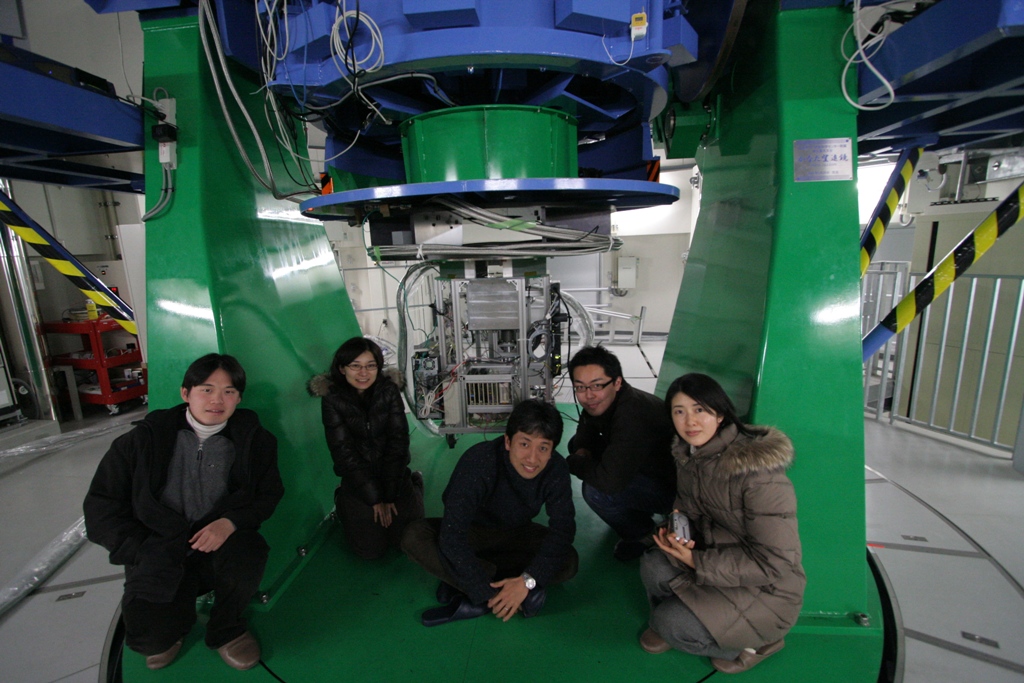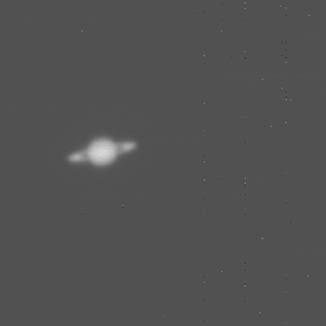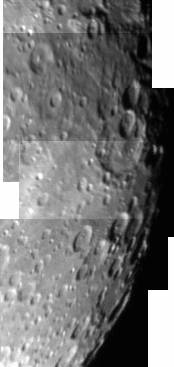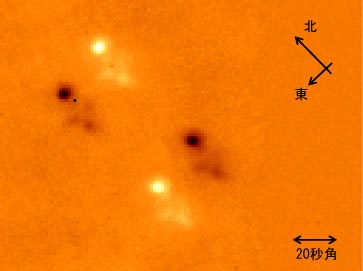February 2008 : First light observation of ANIR and test observation of MAX38 at Higashi-Hiroshima Observatory
Issued on 17 December, 2008
ANIR, the near-infrared camera for the miniTAO 1m telescope, has
seen the engineering first-light on the Kanata telescope at
the Higashi-Hiroshima Observatory. By this observation,
it is confirmed that ANIR meets the optical/electronic specifications.
Also, second observation run of MAX38, the mid-infrared instrument,
has been carried out at the observatory, and the troubles found
during the previous run is confirmed to be fixed.
# Member : Motohara, Uchimoto, Mitani, Miyata, Sako, Nakamura, Minezaki, Doi
# Date : ANIR 2008/2/22-26, MAX38 2008/2/27-3/2

| |
fig1: ANIR installed at the Cassegrain focus of the 1.5m Kanata telescope at the Higashi-Hiroshima Observatory, together with the ANIR development team.
|
1. Performance Verification and Functional Test of ANIR
In this run, the observations have been carried out using the
multiplexer circuit (MUX) instead of the near-infrared (NIR) array detector.
MUX is almost same as the NIR array detector, but doesn't have the semiconductor layer sensitive to the infrared rays. However, it still has a sensitivity to the optical light, we can carry out the test of optics, as well as that of the readout electronics.
We have carried out the following tests:
- Performance of the optics
- We have successfully obtained the image of a point source with FWHM of 2arcsec, which is the seeing size at the site.
- Pixel scale and field-of-view are confirmed to match with the design.
- No image distortion and vignetting is found.
- No effect to the image quality by tilting the instrument is found.
- Detector readout system
- We have successfully read out images from the MUX
- Sudden rise of the readout noise is found occasionally, implying the need for stronger countermeasures for noise.
- Vacuum and cryogenic performance
- The dewar is confirmed to keep the high vacuum (10-6torr以下)and low temperature (lower than 40K) during the observation.
- The vibration of the cryocooler is confirmed not to affect the image quality.
- Telescope interface
- No problem is found when installing the instrument on the focus.
2.The First-Light Images of ANIR
During this run, all the images are taken in the optical wavelength by the MUX.
It can be seen that the good image quality is achieved all over the field-of-view. As the optics of ANIR consists only of reflective components and no chromatic aberration exists, it is expected to show high image quality in infrared observation as well.
 |
 |
|
fig2: Optical image of Saturn taken with ANIR using the MUX.
|
fig3: Mosaic image of the Moon taken with ANIR in the optical wavelength.
|
3.Performance Verification and Functional Test of MAX 38
The second test observation run of MAX38 has also been carried out.
In this run, the scientific-grade mid-infrared array detector, as well as the
7 band-pass filters and a grism (dispersing element) is installed.
The test observation was concentrated on performance verification of
the upgraded units such as the filter exchange system and cryogenic chopping system.
- Optics Tests
- Taken stellar images including backgrounds at 7 filters (8.9μm、 9.8μm、 10.6μm、 12.2μm、 13.1μm、 24.5μm、 29μm) , and confirmed that they are consistent with design value.
- We have successfully obtained a spectrum of a celestial object at 10 micron, and found a light leak outside of a slit, which has to be fixed.
- The residual background pattern, which persists after background subtraction using the chop-and-nod technique, is found to
caused by the spider structure to support the secondary mirror of the telescope. A countermeasure to reduce the thermal emission
from the spider is required for the miniTAO 1.0m telescope.
- Detector Readout Test
- We have successfully read out the mid-infrared Si:Sb BIB detector (128pix by 128pix format) with enough low readout noise.
- Mechanical Test
- We have confirmed that the filter exchanger module works normally under the cryogenic environment at 10K.
- Test of Cooled Chopper System
- We have succeeded to carry out chopping observation with maximum stroke of 17 arcsec, using the cooled chopper system.
- Capability to carry out stable chopping observation regardless of the orientation of the telescope, is confirmed.

| |
fig4: 12.2 micron image of Orion BN/KL object, taken with MAX38. Obtained by chopping east-west by 17 arcsec, and nodding
north-south by 40arcsec. The maximum stroke of chopping is extended to 17 arcsec compared to the previous run,
observations of extended objects become possible.
|
(Sako Shigeyuki)
|





